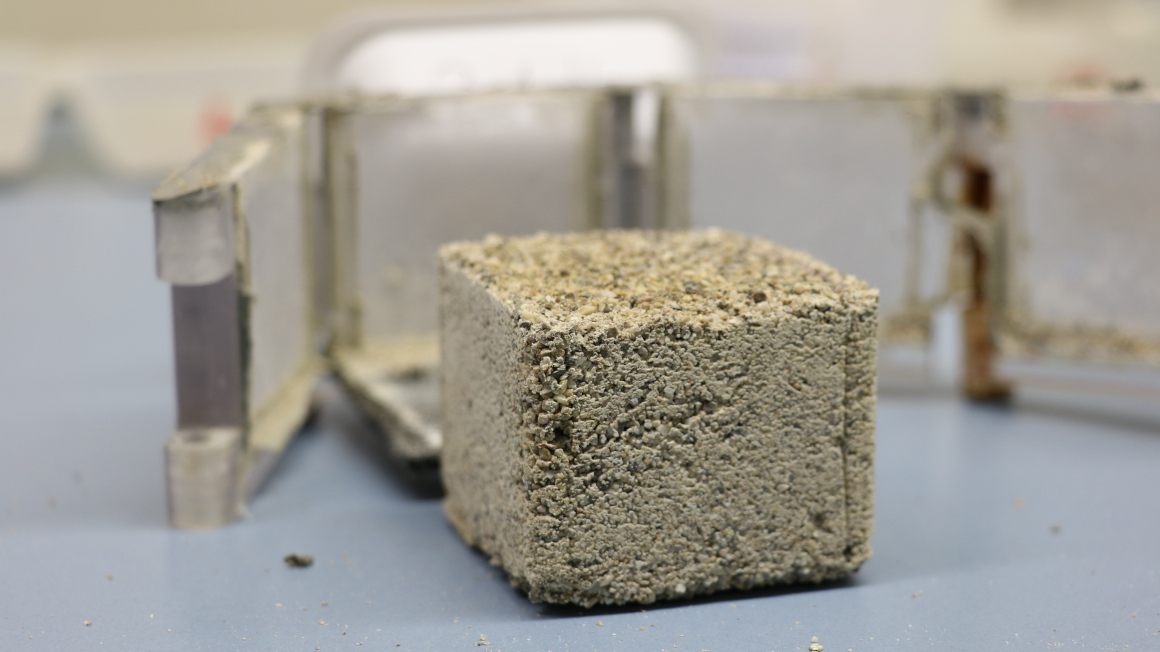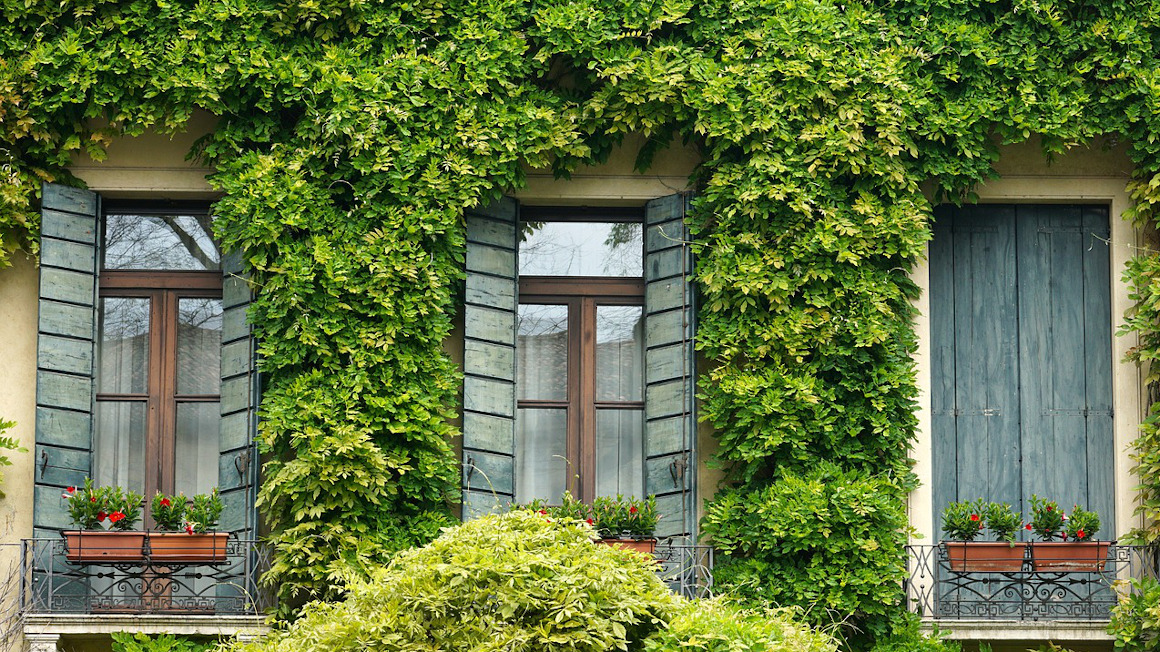Repairing cracks in concrete with bacteria
Researchers at Munich University of Applied Sciences have developed a process that for the first time enables the efficient cultivation of lime-producing bacteria and thus the commercial use of "self-healing concrete".

The construction sector is facing the challenge of saving CO2 emissions and resources. This applies to both new builds and the renovation of old buildings. Until now, cracks in concrete have been filled with plastic-modified materials such as epoxy resin. But there is also a more sustainable way, with the help of special microorganisms. Microbes of the species Sporosarcina pasteurii have the talent to seal cracks and pores in concrete under certain conditions and thus protect buildings from further damage. Until now, however, it has been difficult to cultivate the microorganisms for so-called biocementation. Researchers at Munich University of Applied Sciences have now overcome this hurdle, paving the way for the commercial use of "self-healing concrete".
Effective cultivation method developed
As part of his doctoral thesis, Frédéric Lapierre developed an efficient process for the propagation of microorganisms. This is because large quantities of microbes are required for the production of bioconcrete. Under certain conditions, these special bacteria can produce calcium carbonate precipitates – lime that can seal tiny cracks and pores. Compared to conventional methods, this method has the advantage that it is environmentally friendly due to the mineral excretions of the bacteria and is based predominantly on renewable raw materials, the researchers write.
On the way to self-healing concrete
Using a high-throughput cultivation platform with online monitoring, the researcher was able to analyze 48 bacterial cultures in different nutrient media. The method proved to be highly efficient and made it possible to quickly identify the "most successful" cultures. With the help of this efficient cultivation process, it was possible to increase the production of microorganisms fivefold and thus produce bacteria for the use of "self-healing concrete" and other possible fields of application in a cost-effective manner, it is said. "By reducing production costs, we want to make an important contribution to the industrialization of biocementation in order to establish sustainable applications in the construction industry and environmental technology," said Frédéric Lapierres.
Bio-based building materials for the repair of buildings
The researcher's work is part of the MicrobialCrete project, which is being funded by the Federal Ministry of Education and Research as part of the FHProfUnt funding line from 2019 to 2023. The aim of the project is to develop new bio-based building materials for the repair of buildings and other applications in the construction industry.
bb


